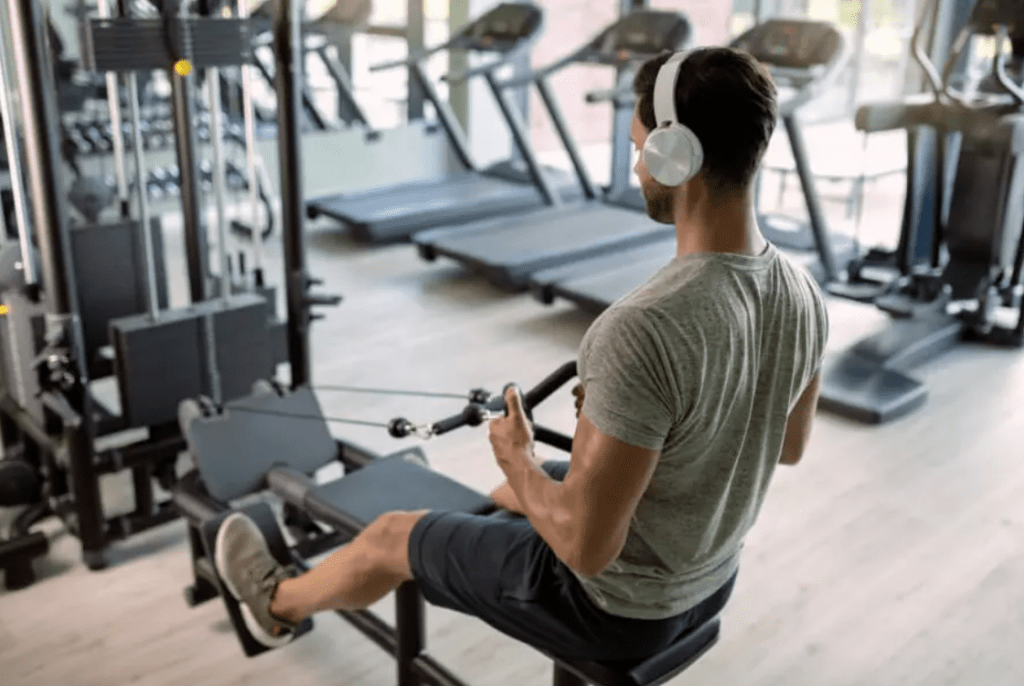Quieting Your Rowing Machine: Strategies for a Tranquil Workout Space
Among the various challenges faced by indoor fitness enthusiasts, a commonly echoed complaint revolves around the disruptive noise emitted by home exercise equipment such as treadmills, bikes, and rowing machines. This predicament is particularly pronounced for those dwelling in apartments or high-rise buildings, where the intrusive sounds can deter potential users.
Yet, fret not, as viable solutions exist to mitigate the clamor generated by rowing machines. Whether through the strategic use of soundproof materials, the economical acquisition of rubber mats, or the ingenious incorporation of household items and furnishings, there are affordable and effective means to curtail the auditory disturbance.
In this article, we will explore straightforward yet impactful tips and strategies that empower home users to relish the benefits of home workouts within a serene environment—well, as serene as it can get.
Before delving into these solutions, let’s delve briefly into why indoor rowing machines tend to be so sonorous.
The Decibel Dilemma of Indoor Rowing Machines:
The volume produced by indoor rowing machines hinges on a confluence of factors, each warranting consideration before embarking on the procurement of home fitness equipment.
Several factors come into play when contemplating the noise factor:
- Flywheel Quality: The caliber of the rowing machine’s flywheel contributes significantly to the noise it generates.
- Material Excellence: The quality of materials used in manufacturing, influencing both durability and noise levels.
- Brand Reputation: Established brands often uphold a reputation for quieter machinery, a crucial consideration.
- Resistance System Type: The type of resistance system employed by your indoor rowing machine shapes its noise profile.
In the quest to minimize rowing machine noise, additional elements play a pivotal role. The dimensions of your workout space, the presence of clutter, and the flooring type—whether carpet or tile—all factor into the overall noise production.
Regrettably, the adage holds true: you get what you pay for, a determining factor in the quality of home fitness equipment. When it comes to rowing machines and the associated noise, the price tag can significantly influence the auditory experience.
In essence, pricier indoor rowing machines, often featuring magnetic and electronic resistance systems, promise a smoother and quieter rowing encounter. While air resistance systems are more prevalent in budget-friendly models, they present a commendable alternative to their pricier counterparts.
In summary, the cost of your indoor rowing machine is a key player in dictating the volume and precise noise level. Notwithstanding, fear not, for the following four strategies can help keep the noise to a minimum.
Floor Coverings for Noise Reduction:
Ever observed the ubiquitous presence of robust black rubber mats in every gym? While serving to shield both floors and equipment from wear, these mats are integral in diminishing the noise emanating from weight and aerobic machinery.
Treadmills, indoor rowing machines, and stationary bikes can all be cacophonous, especially when arranged en masse. Carpets are equally effective in noise reduction. For a more economical alternative, consider rubber mats from a hardware store or repurposing old yoga mats. They are easy to wipe clean and maintain.

Pro Tip: Keep tissues and an organic, chemical-free disinfectant in your workout room to preserve the cleanliness of your expensive fitness equipment. Wiping down equipment post-use is a recommended habit.
Amplify the Ambiance with Music:
Music serves not only as a motivational force but also as an excellent means to drown out the noise of indoor rowing machines. This solution is effective when exercising alone at home, away from shared living spaces.
For those residing in detached houses with a basement gym, investing in quality speakers can transform your workout area into a home dance and fitness studio.

Heavy-Duty Wall Decor and Curtains:
Often, workout rooms are situated on the main floor where other family members reside.
To mitigate indoor rowing machine noise in such scenarios, opt for extra-thick curtains. Heavy fabrics aid in reducing sound by absorbing vibrations generated during intense workouts, preventing noise from permeating other rooms and minimizing echo.
Reiterating, your curtains need not be extravagant; thickness is the primary factor in reducing sound.
Embrace Clutter for Noise Reduction:
Despite personal preferences for a neat workout space, introducing more odds and ends or substantial objects into the room contributes to reducing noise. These objects help absorb vibrations generated by indoor rowing machines, treadmills, and stationary bikes.
Employing a cluster of large plants and an inviting two-seater sofa has proven to be an effective method for noise reduction. This approach also brings the added benefit of transforming my fitness room into a semblance of a tropical paradise or a lobby in a five-star hotel—well, not entirely, but sometimes dreaming is beneficial.
In crafting a tranquil workout space, balancing form and function is key. From soundproof flooring to harmonious music, heavy curtains to intentional clutter, these strategies offer a symphony of solutions. Whether you opt for the elegance of high-end equipment or the resourcefulness of repurposed mats, each choice shapes the serenity of your fitness sanctuary. Embrace these tips, personalize your space, and revel in the harmonious blend of fitness and tranquility.



Yes! Finally someone writes about Aegean College.